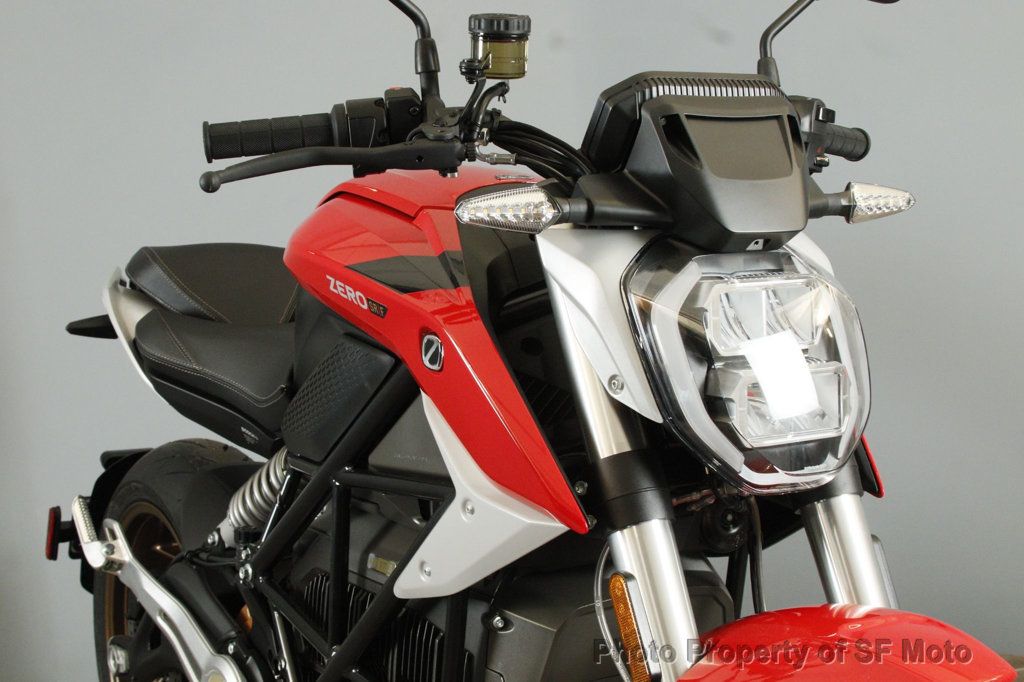

**Avoiding Motorcycle Collisions and the Latest Gear Innovations for 2025**
Motorcycling provides a distinctive thrill and liberation, yet it carries inherent dangers. The National Highway Traffic Safety Administration (NHTSA) reports that riders are approximately 28 times more likely to perish in a traffic accident per vehicle mile than those in passenger vehicles. As we progress into 2025, both strategies for accident prevention and developments in motorcycle equipment are swiftly evolving to improve rider safety and overall experience. This article examines effective techniques for preventing motorcycle collisions and showcases the newest gear trends poised to shape the future of motorcycling.
—
### Avoiding Motorcycle Collisions: Top Practices for 2025
**1. Rider Training and Ongoing Education**
A key method for preventing motorcycle collisions involves thorough rider training. In 2025, numerous states and countries are expanding obligatory training programs that incorporate virtual reality (VR) simulations and AI-enhanced feedback mechanisms. These resources allow riders to practice emergency maneuvers and hazard detection in a safe setting.
**2. Advanced Rider Assistance Technologies (ARAT)**
Much like Advanced Driver Assistance Systems (ADAS) found in vehicles, ARAT technology is becoming increasingly common in motorcycles. Features such as adaptive cruise control, blind-spot monitoring, and automatic emergency braking are being integrated into high-end models. These technologies utilize radar and cameras to observe the surroundings and help riders avoid accidents.
**3. Intelligent Helmets and Heads-Up Displays (HUDs)**
Intelligent helmets that come with HUDs deliver real-time data like speed, navigation, and traffic alerts, allowing riders to keep their focus on the road. Some versions additionally offer rear-view cameras and voice-activated controls, minimizing distractions and improving situational awareness.
**4. Proactive Riding Strategies**
Proactive riding is essential for avoiding accidents. This approach encompasses maintaining an adequate following distance, predicting the actions of other motorists, and steering clear of blind spots. In 2025, mobile applications and wearable technology can furnish real-time coaching and feedback to enhance riders’ defensive habits.
**5. Routine Maintenance and Pre-Ride Inspections**
Mechanical breakdowns can result in severe accidents. Riders should regularly perform maintenance and pre-ride checks, including tire pressure, brakes, lights, and fluid levels. By 2025, many motorcycles are equipped with onboard diagnostics and smartphone connectivity to alert riders to potential problems before they escalate.
—
### Latest Motorcycle Gear Innovations for 2025
**1. Intelligent Protective Equipment**
The blending of technology with protective gear marks a major trend for 2025. Smart jackets and pants now incorporate sensors that track the rider’s posture and detect collisions. In the event of an impact, airbag systems activate within moments to shield crucial areas like the chest, neck, and back.
**2. Environmentally-Friendly Materials**
Sustainability is shaping gear design, with producers employing recycled and biodegradable materials without sacrificing safety. New fabrics provide high abrasion resistance while remaining lightweight and breathable, making them suitable for urban riding and long journeys alike.
**3. Modular Helmets with Superior Connectivity**
Modular helmets are becoming more popular for their adaptability. By 2025, these helmets feature integrated Bluetooth 6.0, facilitating smooth communication, music playback, and GPS navigation. Noise-canceling microphones and speakers enhance audio clarity even at elevated speeds.
**4. Weather-Adaptive Riding Gear**
Riding attire that adjusts to fluctuating weather conditions is entering the mainstream. Jackets and gloves equipped with built-in temperature control systems, such as phase-change materials and active heating/cooling components, guarantee rider comfort in extreme climates.
**5. Augmented Reality (AR) Features**
AR technology is being incorporated into motorcycle gear, particularly in visors and goggles. These systems overlay navigational cues, hazard warnings, and vehicle diagnostics directly in the rider’s line of sight. This advancement boosts situational awareness and lessens the need to look at separate screens or devices.
—
### Conclusion
As innovations in motorcycle technology and equipment continue to advance, so too must the methods for ensuring safety on the roads. By adopting advanced safety technologies, smart gear, and responsible riding strategies, motorcyclists can greatly lower the chances of collisions. The year 2025 offers an exciting combination of innovation and awareness that empowers riders to relish the exhilaration of the open road with increased confidence and safety. Whether you are an experienced rider or just starting out, staying informed and equipped is crucial for a safer, more pleasurable ride.






